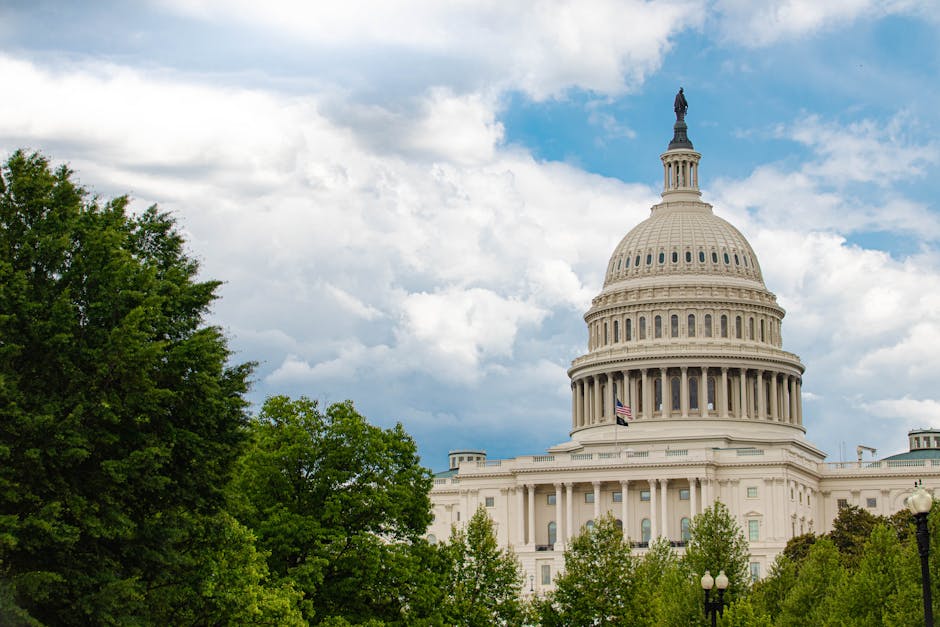DC:
10 G Street, NE
Suite 710
Washington, DC 20002
In the political theatre of Washington, DC, the strategic placement and branding of executives can sway public opinion as powerfully as any policy or speech. In the context of public affairs and government relations, Executive positioning is the art and science of crafting a public persona that resonates with stakeholders, influences policy debates, and navigates the complex landscape of Capitol Hill.
Understanding Executive Positioning in the Political Landscape
In the corridors of power in Washington, DC, executive positioning is not merely about public relations; it’s about shaping the narrative at the highest levels of government. From the way an executive communicates on social media to their appearances on Capitol Hill, every action contributes to the crafting of a public persona that can sway policymaking and public opinion.
This process is underpinned by a thorough understanding of the political and social currents that influence public opinion. It involves strategic decision-making about which issues to engage with, how to present oneself during public appearances, and the timing of speeches and statements to maximize impact.
The Impact of Executive Positioning on Public Opinion
Executive positioning can have a profound impact on public opinion, especially in a city as politically charged as Washington, DC. Through carefully crafted messages and public appearances, executives have the power to shape perceptions, influence opinions, and even sway the direction of policy debates.
Public perception is not static; it’s shaped by a myriad of factors including media coverage, social media discourse, and direct engagement with constituents. Executives who understand how to navigate these channels effectively can cultivate a positive image that resonates with the public and stakeholders alike.
Yet, the impact is a double-edged sword. Missteps in public appearances or messaging can lead to significant backlash, highlighting the high stakes involved in maintaining a positive public persona in the cutthroat environment of Washington, DC.
Strategies for Effective Executive Positioning in Washington, DC
Effective strategies require a fine-tuned strategy that adapts to the ever-changing political landscape. This might include engaging with key stakeholders through targeted lobbying efforts, leveraging social media to communicate directly with the public, and making strategic public appearances to reinforce a leader’s image and policy agenda.
In addition, cultivating a strong network of allies within the media can amplify an executive’s message and ensure more favorable coverage. Executives must also be adept at crisis management, ready to respond to any negative press or public perception issues swiftly and decisively.
Case Studies: Successes and Failures in Executive Positioning
Several high-profile case studies illustrate the power of executive positioning in shaping public perception in Washington, DC. For example, an effective media campaign and well-timed public statements might help an executive frame a contentious policy in a positive light or navigate a political scandal with minimal damage to their reputation.
Conversely, failures in executive positioning often stem from a misalignment between a leader’s public statements and their actions, or from poorly handled public relations crises. These cases offer valuable lessons on the importance of consistency, transparency, and strategic communication.
The Future of Executive Positioning in Political Communication
As the media landscape continues to evolve, so too will the strategies for executive positioning in Washington, DC. Future trends may include a greater reliance on digital and social media platforms for direct engagement with the public, as well as the use of advanced data analytics to tailor messages and strategies to specific audience segments.
Moreover, the increasing importance of authenticity in public perception suggests that executives will need to carefully balance strategic positioning with genuine engagement and transparency. As the public becomes more discerning and information more accessible, the skills required to effectively position oneself in the political arena will become ever more complex and nuanced.
The Ongoing Dance of Influence
The dynamic interplay between executive positioning and public perception in Washington, DC, underlines the importance of strategic communication in the political sphere. As executives continue to adapt to the evolving media landscape and societal expectations, their ability to shape policy and public opinion—through the deliberate construction of their personas and messages—remains a crucial factor in the success of their agendas.




















